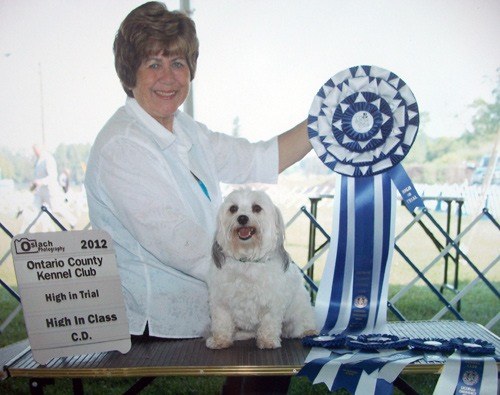
Breeder Spotlight: Sonrisas Havanese
Breeder spotlights are designed to be inspiring for young up and coming or aspirational breeders. Stewarding and preserving breeds can be a difficult road, so hearing from dedicated and educated long time breeders can be an amazing resource. Thank you Rita Thomas for sharing your story!
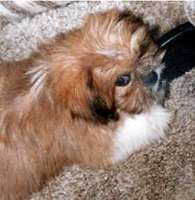
What first sparked your passion for purebred dogs?
Over 35 years ago, I bought my first purebred Lhasa puppy. It was a disaster, mostly because of my ignorance about the purebred world. At that point I had never heard of registration bodies such as CKC or AKC. My childhood dogs always came from the herding dogs my uncle bred for his farm. We got the ones that didn’t work out. I bought Gizmo, the Lhasa Apso, from what I would now recognize as a broker. However, Gizmo loved me, and hated the rest of the world. He was extremely smart and taught me about the competitive obedience world once I discovered the CKC. Gizmo had horrible allergies as well as extremely poor conformation. When we finally had to put him down at nine years of age because of acute arthritis, I decided that when I retired I would start breeding. The goal would be to produce healthy (implies good structure), dogs with great personalities. How hard could that be?
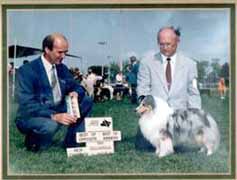
What made you switch to Havanese from Lhasa Apsos?
I owned Shelties for years after Gizmo passed. My first male, Shadow, gained his conformation title as well as a few obedience and agility titles. I was still working full time, so time was very limited. When I did start to breed, I thought the Shelties would be my breed. My husband, however, wanted dogs more like our Lhasa, with his quixotic personality, but one more accepting of strangers. The CKC just happened to publish a booklet on rare breeds, just at the start of my search and on the cover was a picture of a Havanese. Between the picture and the description of their personality, I knew this would be my breed. It took four years of searching as there were only a few breeders in all of North America, but I finally found our first Havanese, Mojo, in Toledo, Ohio. Mojo gave us seventeen years of love, laughs, and one beautiful litter. He was CKC AKC CH Delta Dawn Mijo’s Mojo.
When did you start breeding?
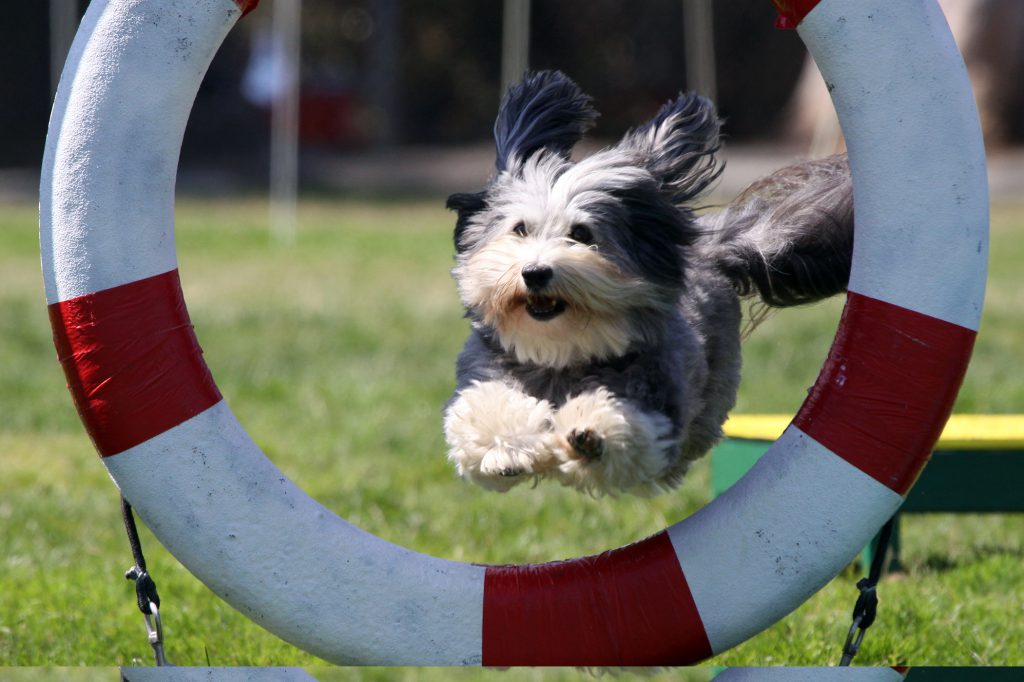
I have been breeding Havanese for nineteen years. Mojo was my first Havanese and a foundation dog. He sired my first, very healthy litter, and one of those puppies became #1 all breeds in Canada. However, Mojo had a very slight bow in one of his front legs and because I was so inexperienced I felt it was my obligation not to use him again. Several long time breeders advised me to neuter him which I did. This decision caused the biggest regret of my breeding history. He was the most intelligent dog I have ever had in my life, and while not reliable in the performance ring, he was highly entertaining with his creative and clever ways of doing things wrong. My inexperience in training dogs other than shelties, and the Border Collies I grew up with, was a big factor in his misbehavior I am sure.
Since the Havanese was a newly restored breed, there were very few breeders and none locally. I think it’s extremely important to be able to sit down and talk face to face with knowledgeable breeders in both your own breed and others as well. I found I would go to shows and just talk to everyone I could. I am also an enthusiastic researcher and that helped tremendously. I think any new breeder must be willing to read and learn, especially about genetics, structure and canine physiology. I attended every workshop and conference I could. We had loads of frequent flyer points in those days so it didn’t matter where the events took place. I went to them if I thought I could learn more. I also joined local breed clubs and both the Canadian and US national clubs.
We all grow and change as we learn more as breeders. When you first began your program, what was your goal?
My focus really hasn’t changed in the nineteen years that I’ve been involved with the breed. I often laugh though, when I think about some of the very outdated concepts and ideas which were prevalent in those days. I think I spent the first ten years learning everything I could, and then the next ten unlearning. Right now, is a very exciting time to be part of the breeding world. When I first started there was very little research and now, dogs seem to be front and center for everything from genetics to human health issues. That’s great news for breeders.
From day one I believed that diversity was my best friend and I believe that even more so now. I will occasionally linebreed, if I have a specific reason to do so, but I find breeding ”like to like” leads to the same consistency in terms of style. With a “like to like” , it’s important to look at as many dogs in the pedigree as you can. Unfortunately, in the beginning there was no such thing as breeding to dogs I knew well or could have my hands on.. I often flew with my girls to breed to dogs I had only seen in pictures. This is just not the method of choice, but often necessary. These days I am lucky to be part of a group of breeders who work together to achieve our goals. We have brought, and been able to house males from all over the world. While we each have our own goals and ideas on how to meet those goals, having a cooperative of breeders brings a huge amount of experience and individual talents to the job and reduces the number of dogs we have to have in our own homes.
Those who have bred a while know it can be a rocky road full of challenges. Has there been a time in breeding you considered quitting?
Quitting is something I seriously consider on a regular basis but came close to complete retirement only once. Since my husband just turned 80 and I’m not far behind, I know that true retirement is fast approaching. Has it been easy? Absolutely not. Whenever there is a health problem from something as straightforward as cherry eye, to the onset of mitral valve deficiency in a ten year old Havanese, I ask myself why on earth I am doing this. I have to keep reminding myself that Mother Nature is not kind and there is no such thing as perfection in the biological world. However, the good times, great results, and the wonderful friends I’ve made amongst my puppy buyers and other breeders more than makes up for the hard times.
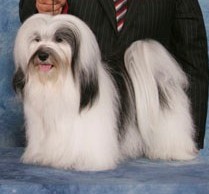
What was one of your high points as a breeder?
One of the puppies out of my first litter became number one all Breeds in Canada in 2006 (AN/AMER/MEX BIS BISS CH Sonrisas Tiny Thomas CGN) and he and another Sonrisas dog were the #1 top Havanese for five years running. I am equally proud of my dog, George, who was nationally ranked number #4 All Breeds in agility and nationally ranked in rally. Until a knee replacement forced me out of the ring, I was the one competing with him. I was able to get George’s AKC novice title and a couple of Q’s for his intermediate title using a mobility scooter. Past that point, Liz Rowe, our instructor, ran him for his MACH in the US and his more advanced levels. George is formally known as CKC CH AKC MACH CH Sonrisas George R US BN RE MXB MJB CGC RA CGN AGMXV AGXJ AGMXJV. I will continue competing him using a scooter now that he is almost 11 years old and can compete as a senior.
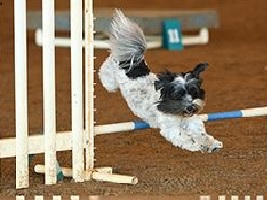
AGXJ AGMXJV
In the years to come, when someone is writing the history of your breed, how would you like to be remembered?
I think I am most proud of the work I put into initiating, along with Senija Hodzic, the genetic UC Davis diversity program for Havanese. This is still a work in progress, but there are many signs of people coming on board. I think if I could travel more and get to more shows to talk to people about the program and give them the leg up they may need, it would go forward at a faster rate, but I can’t fly so this is not an option. The seed is planted, it’s moving forward and I believe will continue to gain momentum.
We, obviously, are a company that empowers breeders to be conservators of their breed’s long term diversity and viability. How do you use this in your breeding program?
It’s the basis for my breeding program actually. It amazes me how uniform the litters have become despite the belief that only line breeding produces consistency. We are lucky in Havanese in that we have a pretty diverse genetic pool and a fairly healthy one. However, there are signs of problems creeping in and my hope is that every single breeder will read about the health history of as many breeds as possible in order to fully understand that by the time a problem becomes highly noticeable in a breed, it’s often too late to eliminate it. As I said before, it’s an exciting time to be a breeder because we now have tools that even 20 years ago, we could only dream about.
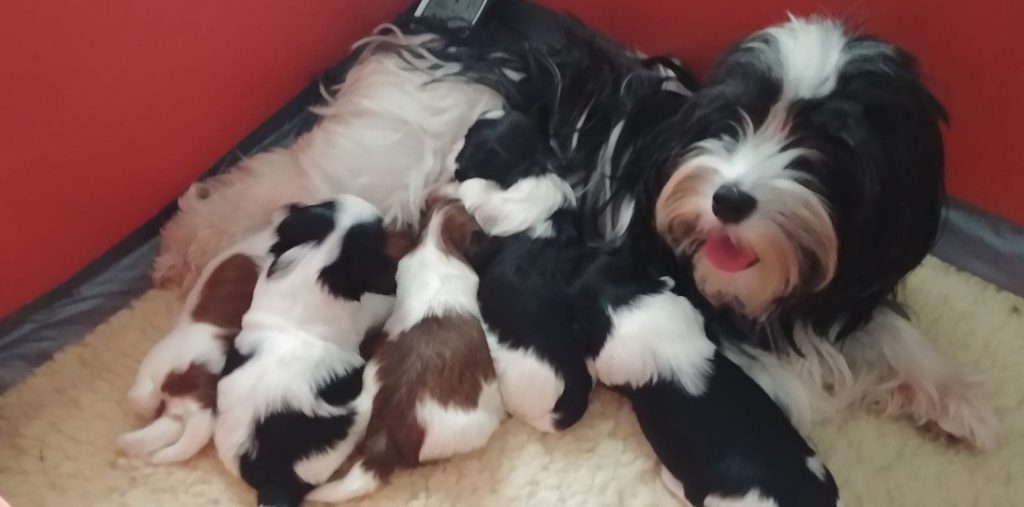
Do you have plans you’d like to share about your breeding program.
When I first started agility with my Havanese, I was told by several instructors that the Havanese just didn’t have the drive to do agility. My dogs and several that I have placed are nationally ranked in obedience, rally and agility. I found, It was more a need to change training style than to change the dogs. My future plans are to see more Havanese in the performance arena and continue what I have been doing all along.
And finally, do you have words of wisdom to impart on those who have not been in the breed for long? Something you might have liked to have heard, or maybe should have heard?
I think I covered several things earlier, but my advice is to be willing to learn. Don’t be afraid of new ideas, and listen to your gut. No one knows your dogs like you do.
Thank you again to Rita Thomas, breed representative for the UC Davis genetic diversity test, for her Breeder Spotlight! Have a breeder you would like to see a spotlight by? Email us at theteam@betterbred.com.
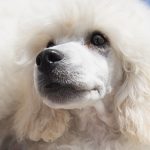 Previous Post
Previous Post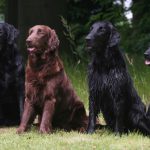 Next Post
Next Post


